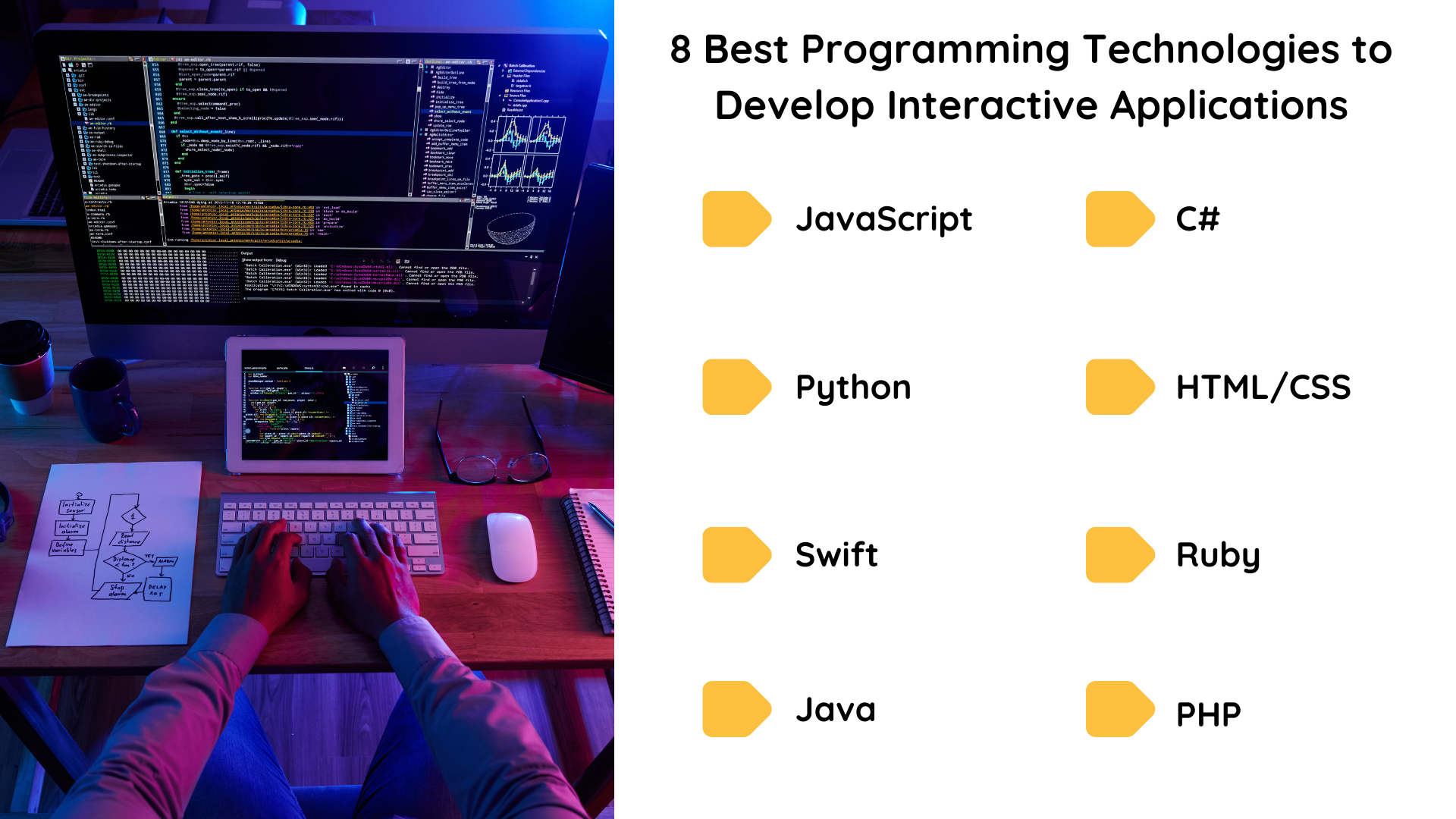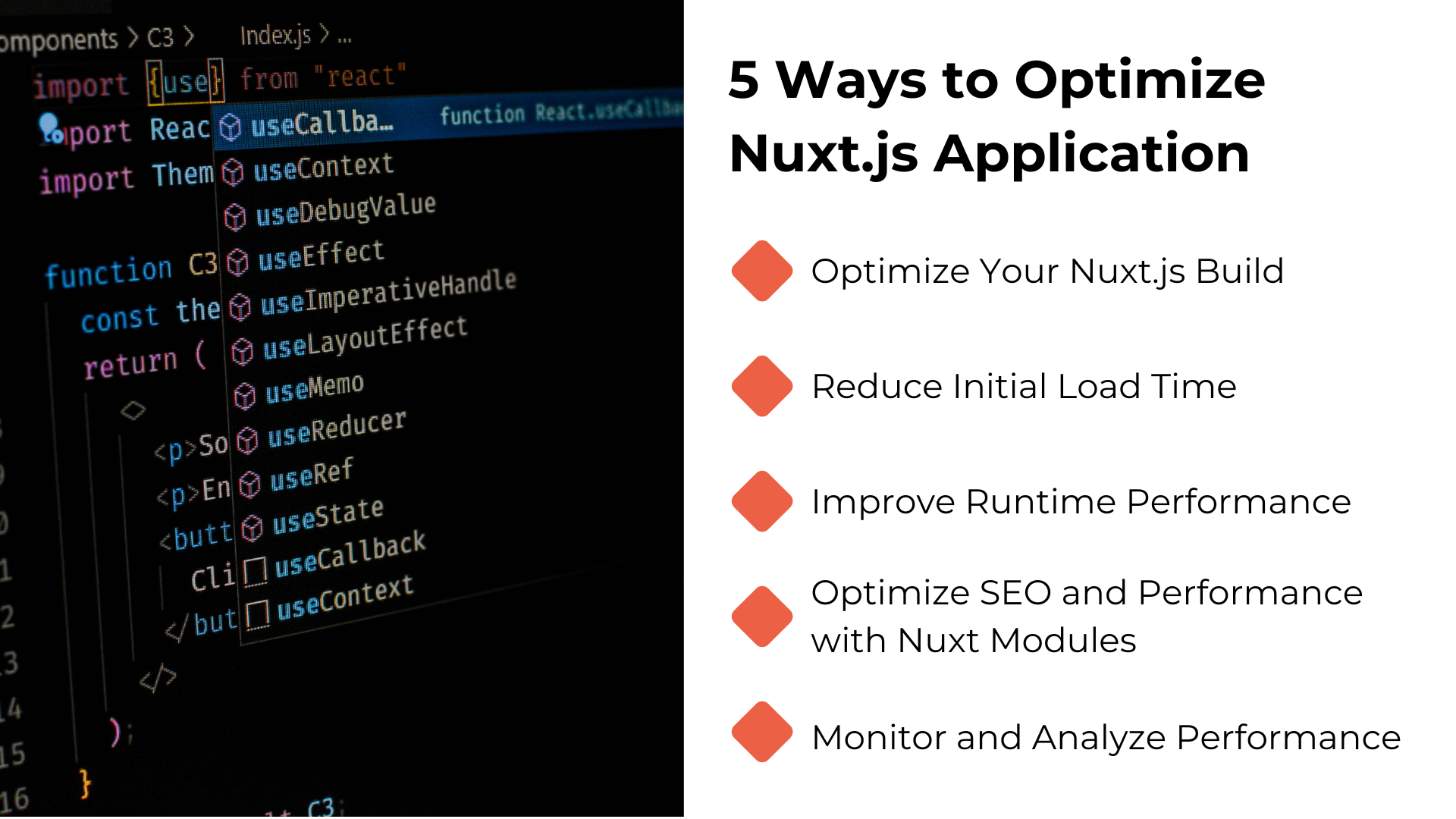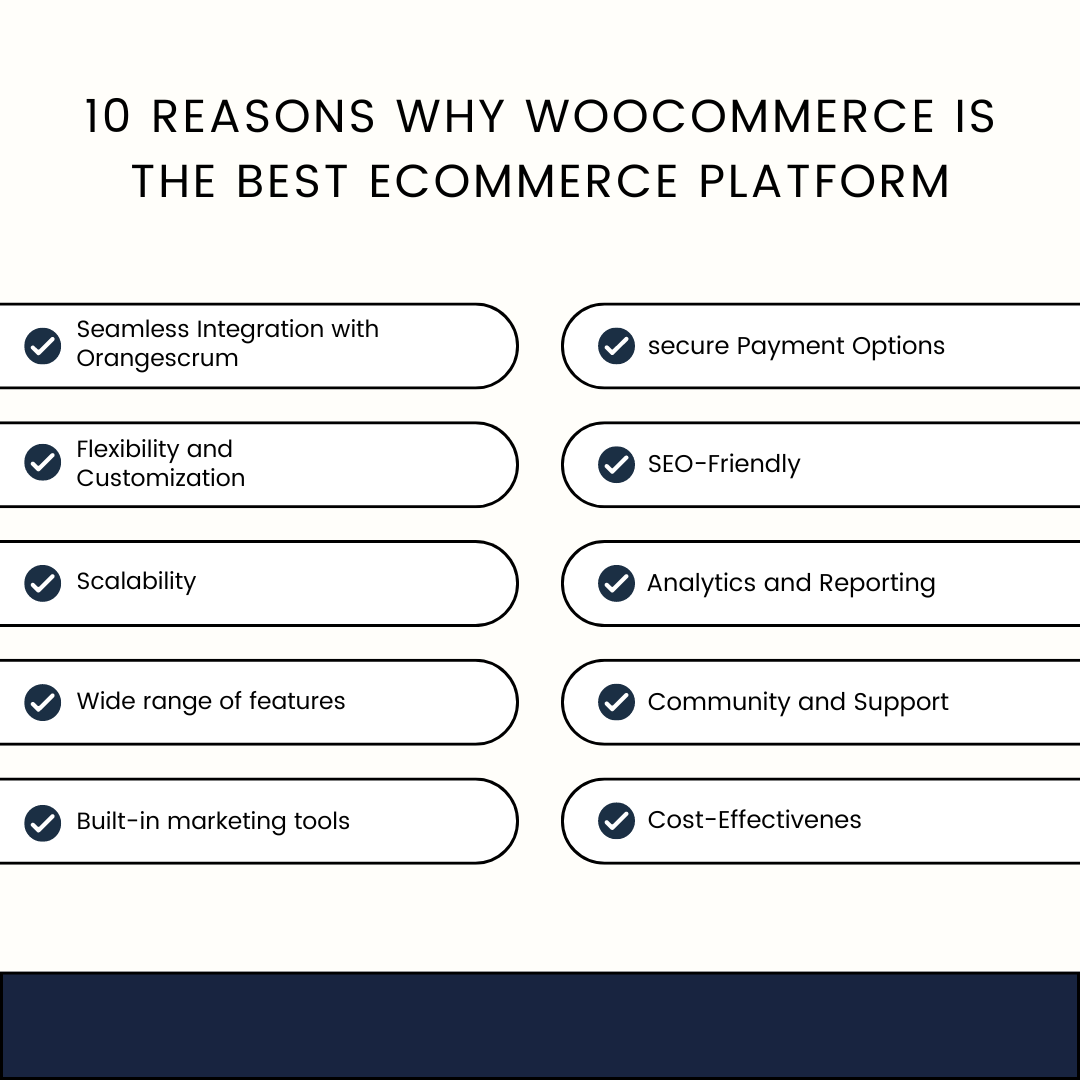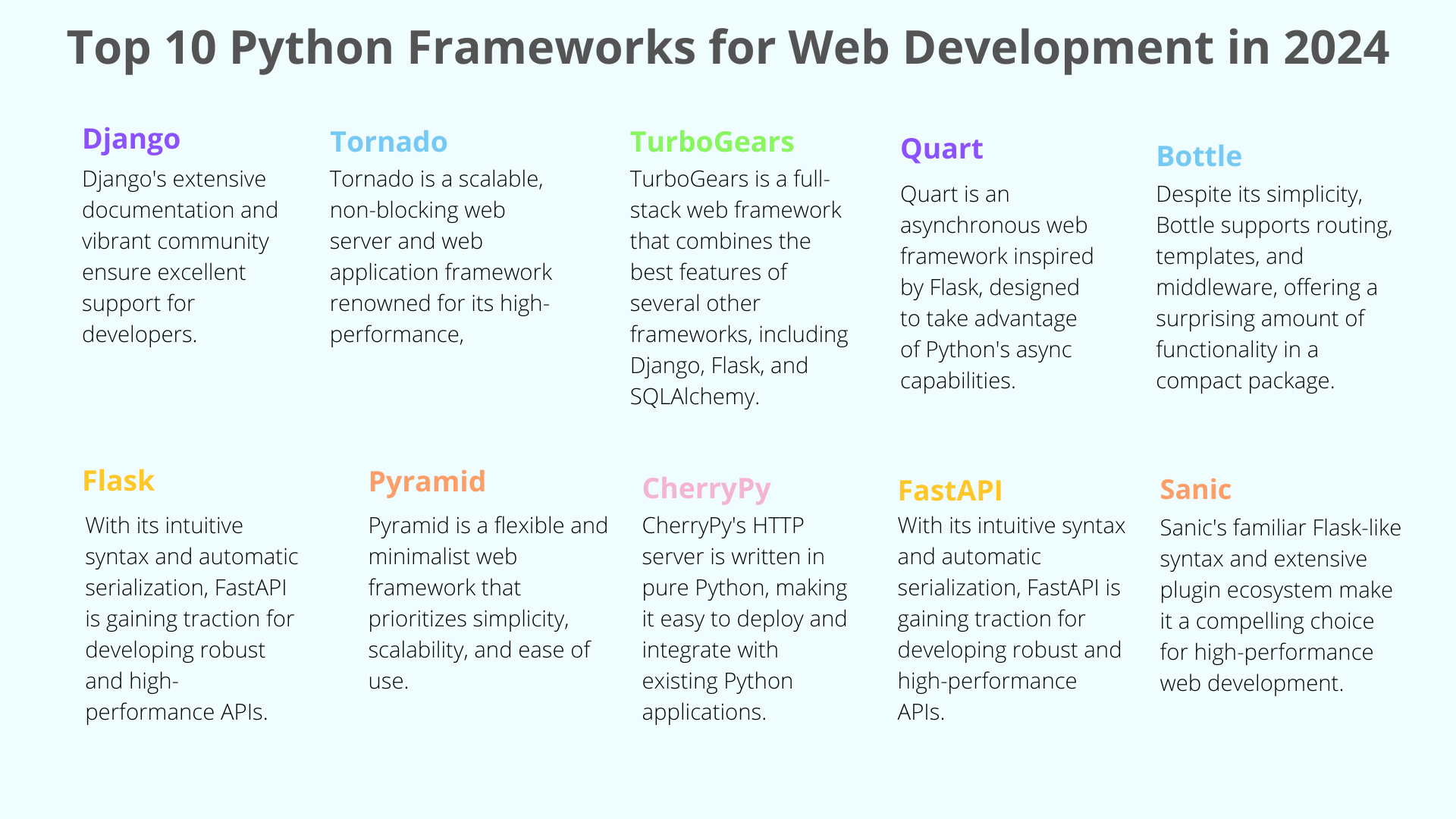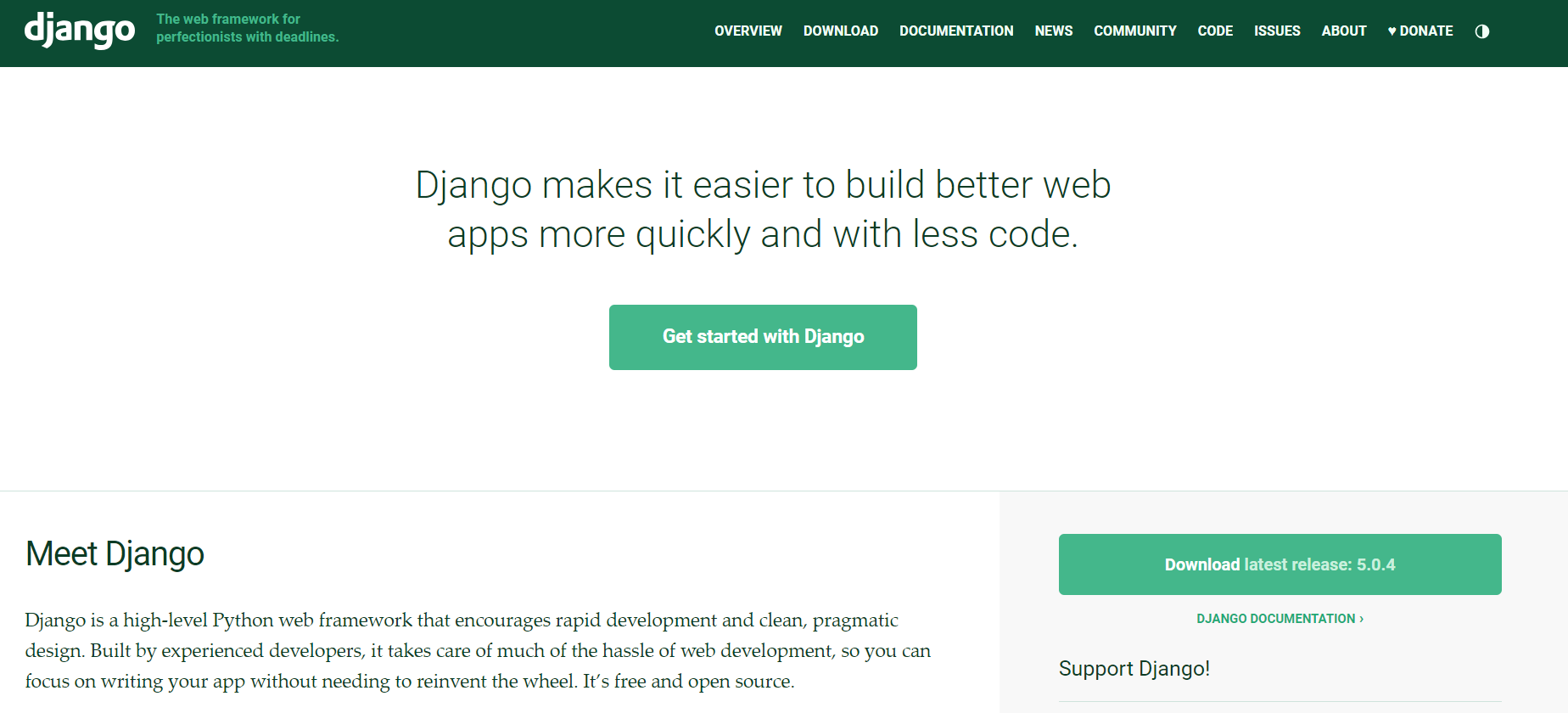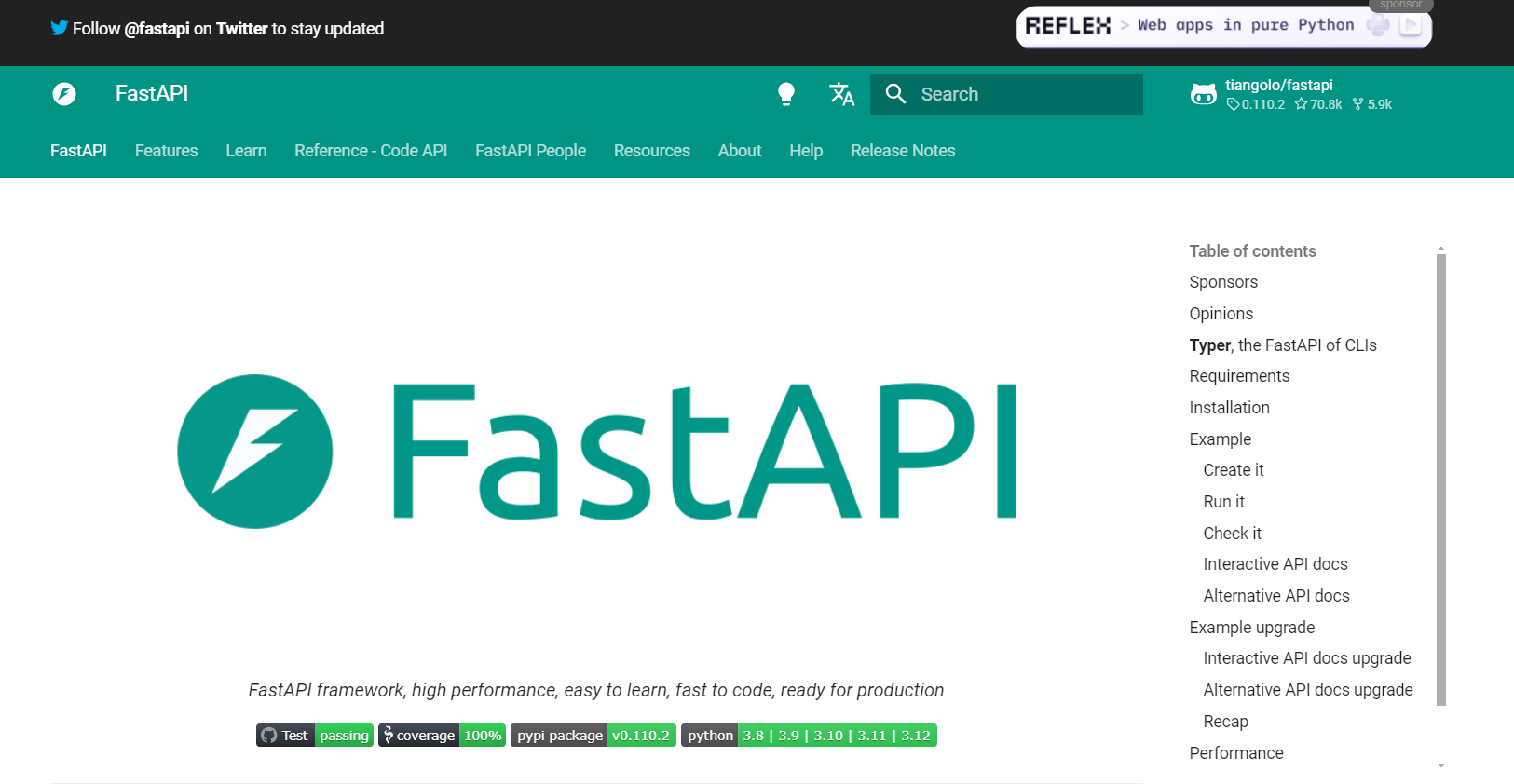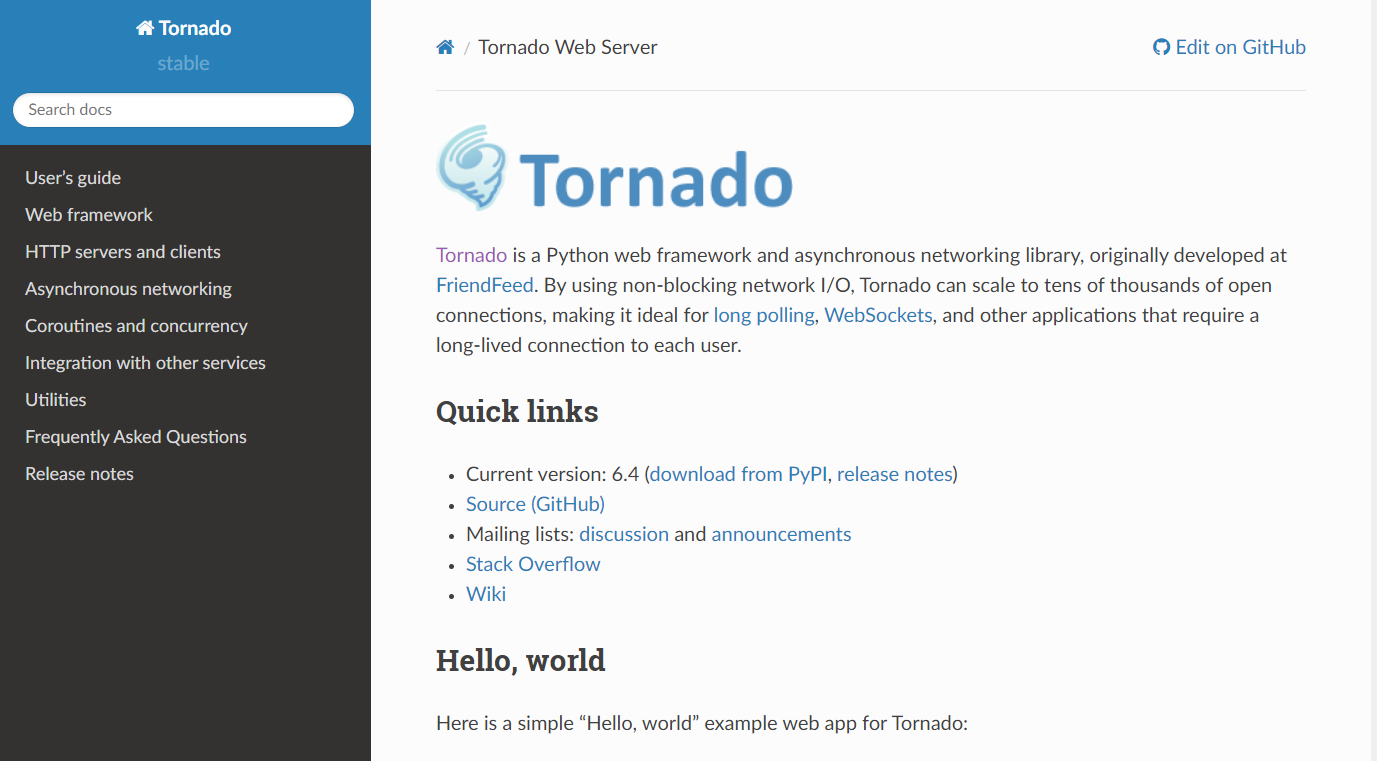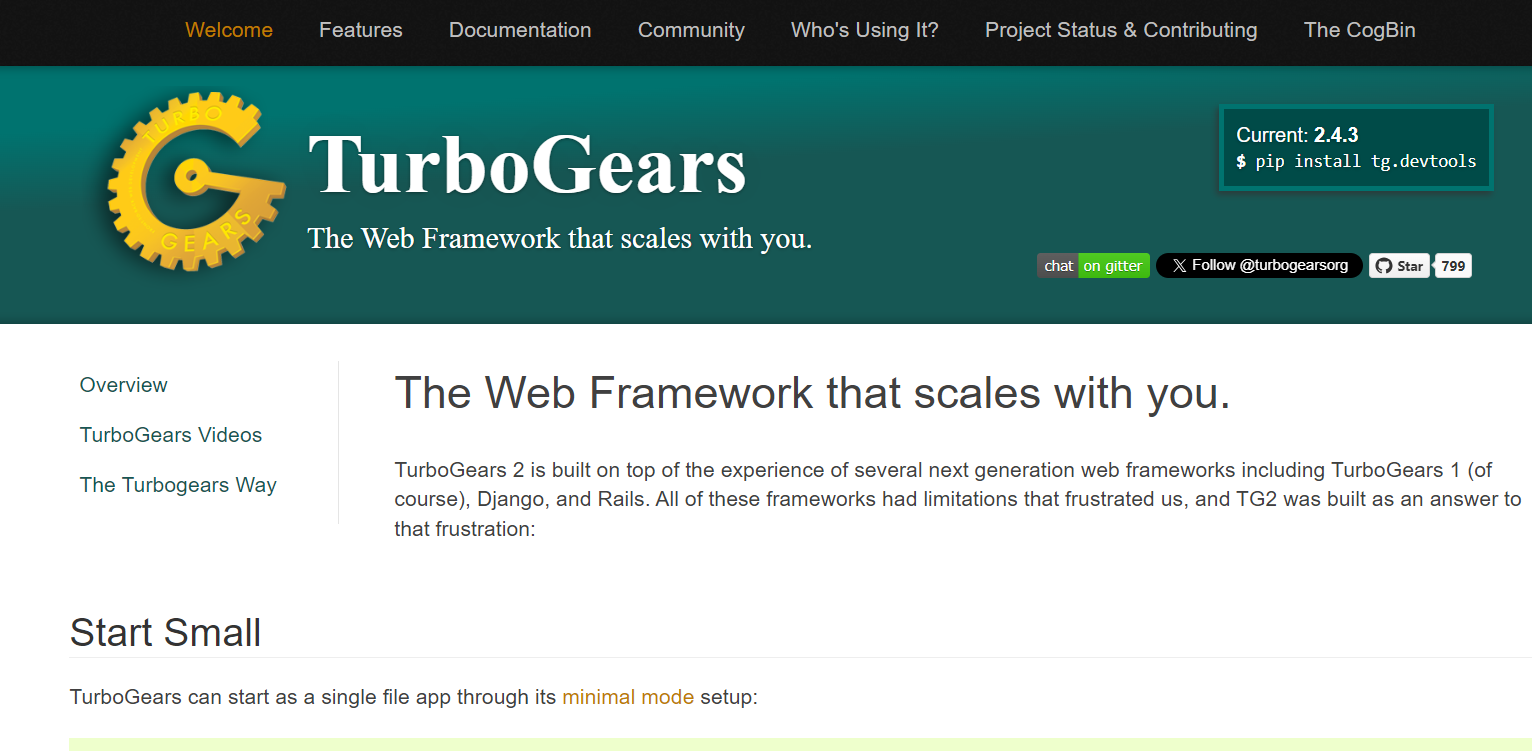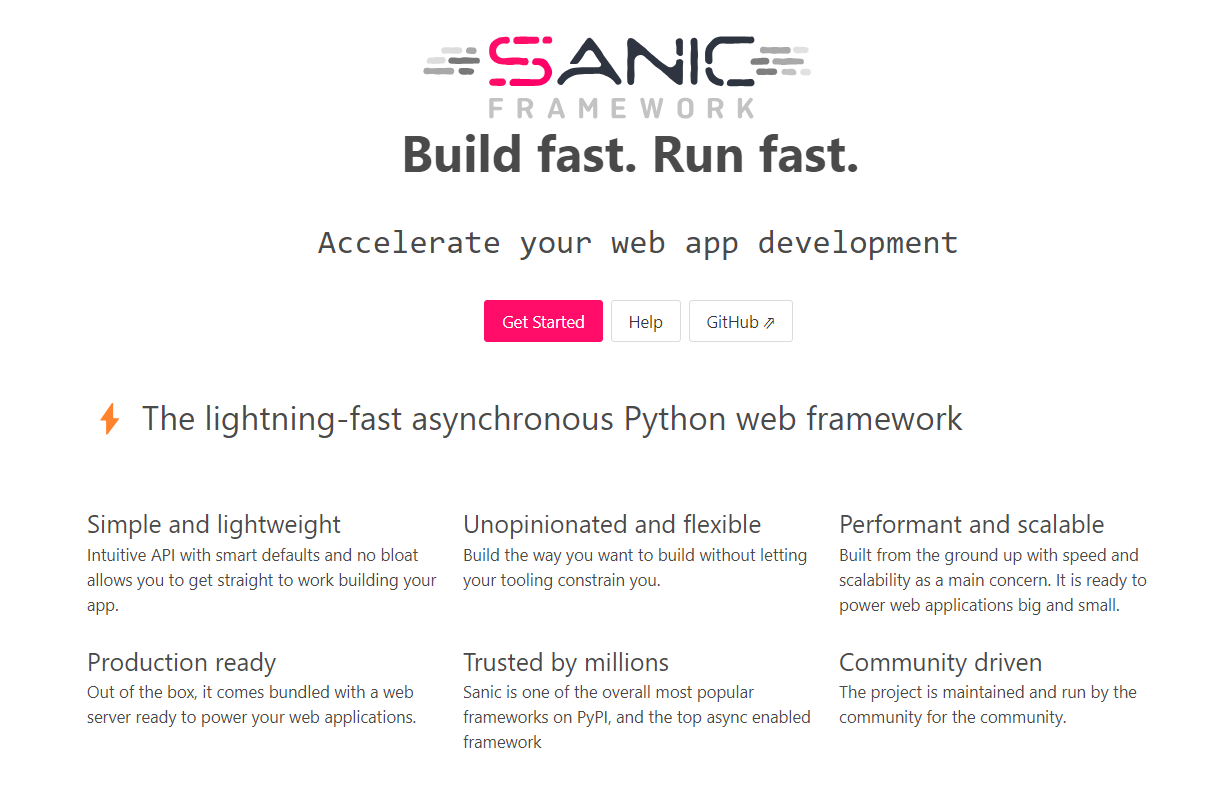Artificial intelligence (AI) has been transforming various sectors, and digital marketing is no exception. One of the most significant areas AI impacts is search engine optimization (SEO). This blog delves into AI, its role in SEO, and how businesses can leverage AI to improve their SEO strategies.
What Are AI Overviews?
Google’s AI Overviews are a new search feature that provides users with AI-generated answers to specific queries, appearing above all other search results.
For example, if you search “how to lose weight,” Google will automatically generate an answer by gathering information from various sources on the web, including links to these sources for more information.
The goal is to improve the search experience by offering quick answers, so users don’t have to sift through multiple websites.
Initially part of Google’s Search Labs program under the name “Search Generative Experience (SGE),” AI Overviews received positive feedback and became widely available in the U.S. on May 14, 2024. Google plans to expand access to more than a billion people worldwide by the end of 2024.
Why Are Google’s AI-Powered Overviews Important?
AI Overviews are set to transform how Google delivers information, potentially leading to more zero-click searches.
This means users can find the information they need directly in the AI-powered overview without visiting any websites, impacting the organic (unpaid) traffic for websites ranking below the AI-generated snippet.
However, if a website’s content is prominently featured or cited in a Google Artificial intelligence summary, it could increase its visibility and click-through rate (CTR).
How AI Overviews Work
AI Overviews appear in search results when Google’s systems determine that generative Artificial intelligence responses can provide particularly helpful information.
They won’t show up for every query but are used for complex queries that traditionally require multiple searches.
The content is generated using advanced generative AI technology powered by Google’s Gemini language model, based on its understanding of the query and relevant information gathered across the web.
Optimizing for AI Overviews
While there aren’t specific optimization techniques for AI Overviews yet, following general SEO best practices increases the likelihood of your content being featured.
Here are some essential SEO techniques and strategies:
-
Focus on High-Quality Content
Quality remains paramount. Google’s algorithms prioritize accurate, original, and valuable content. Ensure your content is well-researched, factually correct, and provides unique insights. This increases the likelihood of being featured in Artificial intelligence overviews.
-
Optimize for Long-Tail Keywords
AI Overviews are often triggered by complex queries, which tend to be long-tail keywords. Optimize your content for these specific, detailed queries to increase your chances of being included in AI-generated summaries.
-
Ensure Crawlability and Indexability
For your content to be considered for artificial intelligence overviews, it must be crawlable and indexable by Google. Use tools like SEMrush’s Site Audit to identify and fix issues such as blocked pages, no-index tags, and 4XX errors.
User experience plays a critical role in SEO. Ensure your website loads quickly, is mobile-friendly, and provides secure access to content. A seamless user experience can improve your chances of ranking higher and being featured in artificial intelligence overviews.
-
Utilize On-Page SEO Techniques
Optimize on-page elements like title tags, meta descriptions, URL slugs, and heading tags. Naturally incorporate relevant keywords into your content. These techniques help Google better understand your content, increasing its chances of featuring in artificial intelligence overviews.
-
Build High-Quality Backlinks
Reputable websites’ backlinks signal to Google that your content is trustworthy and valuable. Focus on acquiring high-quality backlinks by reaching out and creating content that others want to link to.
-
Monitor AI Overview Visibility
Use tools like Semrush’s Position Tracking to monitor how often your content appears in artificial intelligence overviews. This data can provide insights into the effectiveness of your SEO strategies and help you make necessary adjustments.
The Impact of AI Overview on SEO
-
Increased Zero-Click Searches
One significant impact of AI Overview is the rise in zero-click searches. Users can get the information they need directly from the AI-generated snippet without visiting any website.
This can reduce organic traffic to websites, especially those not featured in the AI Overview.
-
Enhanced Visibility for Featured Content
On the flip side, websites featured in AI Overviews can experience increased visibility and higher click-through rates (CTR).
If your content is cited as a source in an AI Overview, it can attract more qualified traffic, as users who click through are likely already engaged with the topic.
SEO strategies must adapt to accommodate the rise of artificial intelligence generated content. Traditional techniques focused solely on ranking for search queries may no longer suffice.
Instead, SEO professionals need to optimize their content for potential inclusion in artificial intelligence overviews.
Future Trends in AI and SEO
- AI Advancements: AI technology continually evolves. Future advancements will further refine how Artificial Intelligence overviews are generated and displayed, making it even more crucial for SEO professionals to stay updated with the latest developments.
- Integration of AI in SEO Tools: Expect to see more AI-powered tools integrated into SEO platforms. These tools can help analyze data, generate insights, and automate optimization processes, making it easier to adapt to changes in search algorithms.
- Increased Focus on User Intent: Understanding user intent will become even more critical. SEO strategies will need to focus on creating content that not only answers specific queries but also aligns with the overall intent of the user, providing comprehensive and valuable information.
Enhanced Understanding of User Intent
One of the most significant impacts of Google’s AI Overview on SEO is the enhanced understanding of user intent. Traditional keyword-based SEO strategies often fall short in capturing the true intent behind a search query. However, with artificial intelligence powered algorithms, Google can now interpret the context and nuances of a query more effectively.
Key Implications:
- Semantic Search: AI enables Google to understand the meaning behind words and phrases, leading to more accurate search results. This means that content creators need to focus on providing comprehensive and contextually relevant information rather than just targeting specific keywords.
- Voice Search Optimization: As voice search continues to rise, AI’s ability to comprehend natural language queries becomes crucial. Websites optimized for conversational language and long-tail keywords will have a competitive edge.
Improved Content Relevance
Google’s AI Overview emphasizes delivering highly relevant content to users. This shift rewards high-quality, informative, and engaging content more than ever before. AI can evaluate content based on various factors, including readability, depth, and user engagement metrics.
Key Implications:
- Content Quality: Content that provides real value to users will rank higher. Businesses should focus on creating in-depth articles, guides, and resources that address common user questions and pain points.
- User Engagement: AI can analyze user behavior, such as time spent on a page, bounce rates, and social shares, to determine content relevance. Engaging content that keeps users on the site and encourages interaction will be favored.
Personalization and User Experience
Google’s AI Overview places personalization at its core. AI-driven algorithms analyze user data, preferences, and behavior to deliver tailored search results. This personalization affects various aspects of SEO, such as content recommendations, search snippets, and ad placements.
Key Implications:
- Customized Search Results: Users will see search results that are more aligned with their interests and past behavior. Businesses should consider segmenting their audience and creating personalized content strategies to cater to different user groups.
- Enhanced User Experience: Websites that prioritize user experience, with fast load times, mobile optimization, and intuitive navigation, will benefit from higher rankings. AI can assess these factors more accurately, making UX a critical component of SEO.
Evolution of Link Building
Link building has long been a cornerstone of SEO. However, with AI’s involvement, the focus is shifting from quantity to quality. Google’s AI Overview now evaluates the credibility and relevance of backlinks more effectively, reducing the impact of manipulative link-building practices.
Key Implications:
- Quality Over Quantity: High-quality, authoritative backlinks will have a more significant impact on rankings. Businesses should focus on building genuine relationships and earning links from reputable sources.
- Content Partnerships: Collaborating with influencers, industry experts, and other businesses to create valuable content can lead to natural and authoritative backlinks.
Adaptation Strategies for Businesses
To thrive in the era of Google’s AI Overview, businesses need to adapt their SEO strategies to align with Artificial intelligence driven search algorithms. Here are some actionable tips:
- Focus on User Intent: Create content that addresses the underlying intent behind search queries. Use tools like Google’s Keyword Planner and other SEO tools to understand what users are looking for.Invest in Quality Content: Prioritize high-quality, informative, and engaging content that provides real value to users. Regularly update and optimize existing content to keep it relevant.
- Enhance User Experience: Ensure your website is fast, mobile-friendly, and easy to navigate. Use tools like Google’s Page Speed Insights to monitor and improve site performance.
- Build Authoritative Links: Focus on earning backlinks from reputable and relevant sources. Avoid manipulative link-building tactics and prioritize genuine content partnerships.
- Leverage AI Tools: Utilize AI-powered SEO tools and platforms to gain insights into user behavior, keyword trends, and content performance. These tools can help you stay ahead of the competition.
Conclusion
Google’s overview of Artificial Intelligence marks a new era in search engine optimization.
SEO professionals can navigate these changes effectively by understanding the impact of AI-generated content and adopting best practices.
They should focus on creating high-quality content, optimizing for long-tail keywords, enhancing user experience, and strategically using SEO tools to succeed in this AI-driven landscape. Staying informed about advancements in Artificial Intelligence and continuously refining SEO strategies will be essential for maintaining visibility and driving traffic in the age of AI.

